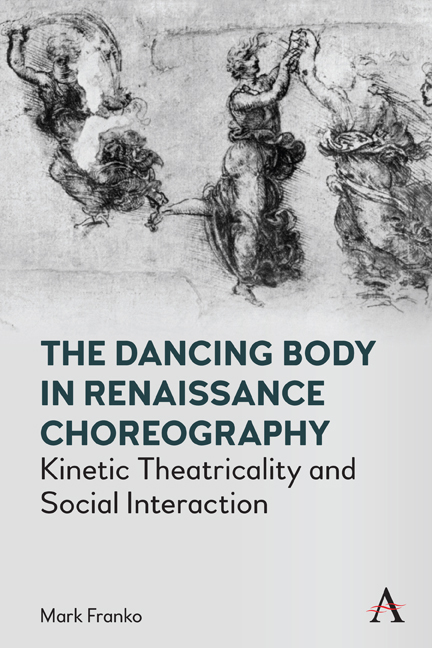Book contents
- Frontmatter
- Dedication
- Contents
- Preface to the Revised Edition
- Chapter 1 Introduction
- Chapter 2 The Mythological Intertext: Language
- Chapter 3 The Sociological Intertext: Courtesy
- Chapter 4 The Pedagogical Intertext: Precepts
- Chapter 5 The Political Intertext: Civil Conversatione (Social Intercourse)
- Bibliography
- Index
Preface to the Revised Edition
Published online by Cambridge University Press: 13 May 2022
- Frontmatter
- Dedication
- Contents
- Preface to the Revised Edition
- Chapter 1 Introduction
- Chapter 2 The Mythological Intertext: Language
- Chapter 3 The Sociological Intertext: Courtesy
- Chapter 4 The Pedagogical Intertext: Precepts
- Chapter 5 The Political Intertext: Civil Conversatione (Social Intercourse)
- Bibliography
- Index
Summary
This book is my doctoral dissertation defended in the Department of French and Romance Philology at Columbia University in 1981 under the direction of Michael Riffaterre and published in a revised edition by Summa Publications in 1986. As such, it is at the origin of my scholarly work and likewise initiated the beginning of my artistic work in choreography. It is a document with roots far back in the past in several senses. I should say immediately that it was an uncommon dissertation topic for the field of French literature, and I remain grateful to Professor Riffaterre for his enthusiastic support. At the time of its writing during the 1970s, the body was emerging as a new focal point of the humanities, especially in France. But this dissertation was still unusual for being not just about the “body” in a metaphorical sense but about a historical practice of dance, and about the relationship of historically specific dancing bodies to texts that spoke about them both directly and indirectly. Here the notion of intertextuality came to the fore as, in the words of Julia Kristeva, “an intersection of textual surfaces.” My primary materials were the earliest European texts about dancing—the so-called dance treatises or instruction manuals that often took the form of dialogues—in relation to other writings that dealt with physical comportment in nondance contexts. The treatises were not actual lessons, but representations of lessons or transpositions of lessons into texts also containing a philosophical dimension. Nonetheless, my working hypothesis was that dance treatises lacked the crucial elements of the dancing body in movement. This is what I referred to, perhaps some-what hyperbolically, as the absence of the dancing body in these writings. The intertexts, however, provided the missing elements of a culturally alive body in movement. The way to understand dance in its written manifestations at this historical moment was to attend to an elsewhere of dance.
This now fully historical dance had become an absent element in history. Unable to be observed in live performance, it lurked in the crevices of discursive statements as supplemented with illustrative drawings, musical tabulatures and alphabetical signs for steps.
- Type
- Chapter
- Information
- The Dancing Body in Renaissance ChoreographyKinetic Theatricality and Social Interaction, pp. ix - xlviPublisher: Anthem PressPrint publication year: 2022



